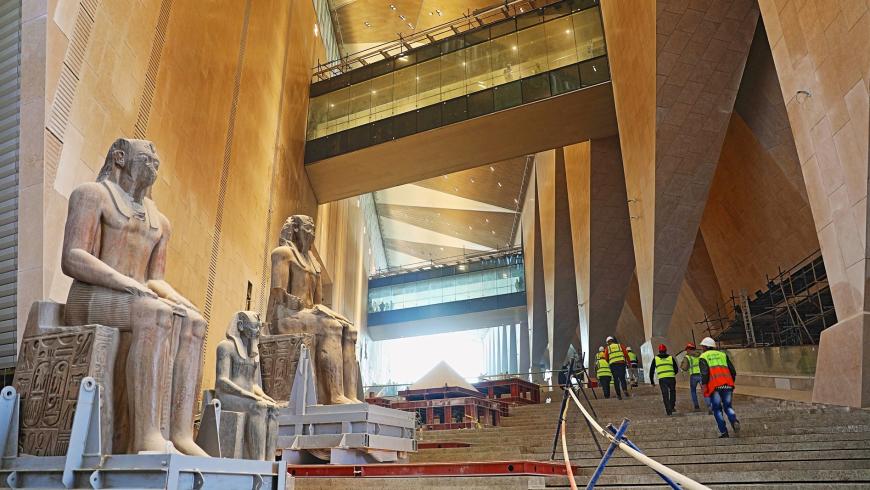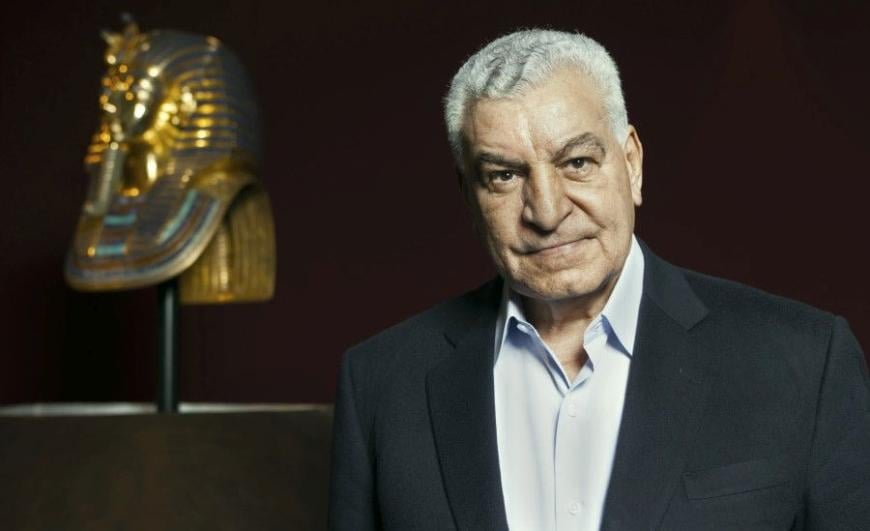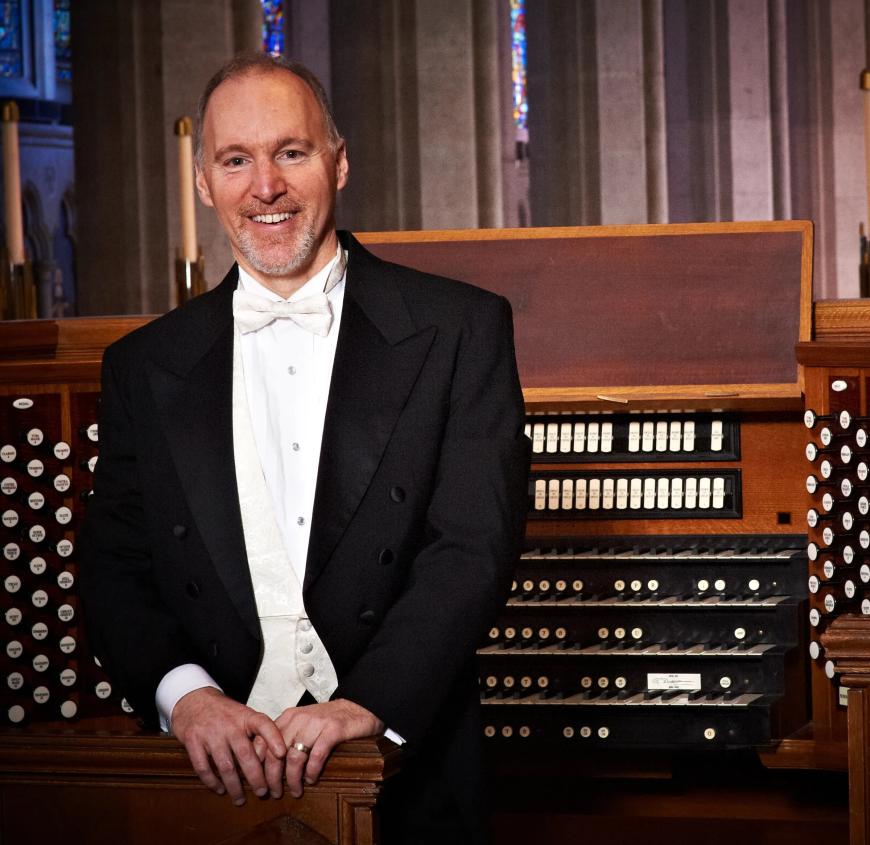
Zahi Hawass has been the star of many grand historical-archeological events around the world and in San Francisco. The renowned Egyptologist was again in the Bay Area recently, at the de Young Museum to open the Ramses the Great and the Gold of the Pharaohs exhibit he organized and worked on with the museum’s own Renée Dreyfus.
Besides all his past roles with King Tut exhibits, Hawass had some new and unexpected work to announce: He is the producer and librettist of an opera meant to be grander than grand.
The opera, about Tutankhamun and Nefertiti, will premiere at the opening of the Grand Egyptian Museum, as well as in the Valley of the Kings and in front of the Temple of Hatshepsut — all during the 100th anniversary of the 1922 discovery by Howard Carter of Tutankhamun’s tomb. With a libretto by Hawass and Francesco Santocono, the work has a score composed by Italian musician Lino Zimbone.

Hawass said he came up with the idea of a new opera because Verdi’s Aida is 150 years old and he wanted to create a comparable work about King Tutankhamun in order to commemorate the opening of the Grand Egyptian Museum, a project dear to Hawass — a controversial former minister of antiquities.
The libretto deals first with the events of Tutankhamun’s birth, when his father Akhenaten named him as “the living image of the god Aten.” He was born to a woman married to Akhenaten but subservient to the king’s favorite — and feared — wife, Queen Nefertiti.
The opera’s story follows Nefertiti, who had six daughters but never a boy, so she was angered by the birth of this child, who would become king of Egypt. She called in an evil priest who told her: “The child must be killed but will not be killed by an Egyptian, and I will send a message to the King of Kush to kill the child.” It was an opportunity for the enemy of Egypt to send a small team to murder the child at the then-capital Tell el-Amarna (located in Minya currently), but the Egyptian commander Hor Moheb killed the enemies and saved the child.

Another scene shows how Nefertiti came to power after Akhenaten’s death (most historians have not accepted the story of Nefertiti’s rule) but was poisoned by a woman in the harem. There is a scene at the coronation of King Tutankhamun and another scene showing King Tut’s victory over the King of Kush and his victorious return. The opera’s final moments depict the death of Tutankhamun.
At a press conference in Vienna, Hawass presented the first scene, featuring Susanna Yergas as Nefertiti. One announcement about the opera mentions the participation of Plácido Domingo, but there is no current information about the involvement of the tenor, who is the subject of new controversies.

Back in San Francisco, the de Young’s sister institution, the Legion of Honor, is about to give a special concert in the museum’s Saturday afternoon organ series — the day of the week when the Legion of Honor offers free admission to Bay Area residents.
At 4 p.m. on Aug. 27, Jonathan Dimmock will give a recital relating to the current exhibit of Guo Pei: Couture Fantasy and to French impressionism. The program includes works by Simon Preston, Derek Bourgeois, Louis Vierne, Marcel Dupré, and Max Reger.
The Legion of Honor’s pipe organ was built in 1924 by the Ernest M. Skinner Organ Company of Boston and is one of the few indoor/outdoor organs ever made. It was given to the museum for its opening that year by John D. Spreckels. He made the gift in honor of his brother Adolph, who co-founded the museum with his wife Alma de Bretteville Spreckels.
The organ is built so that its sound resonates in a nondirectional manner, creating a musical quality that seems to float, saturating the space with its presence.


